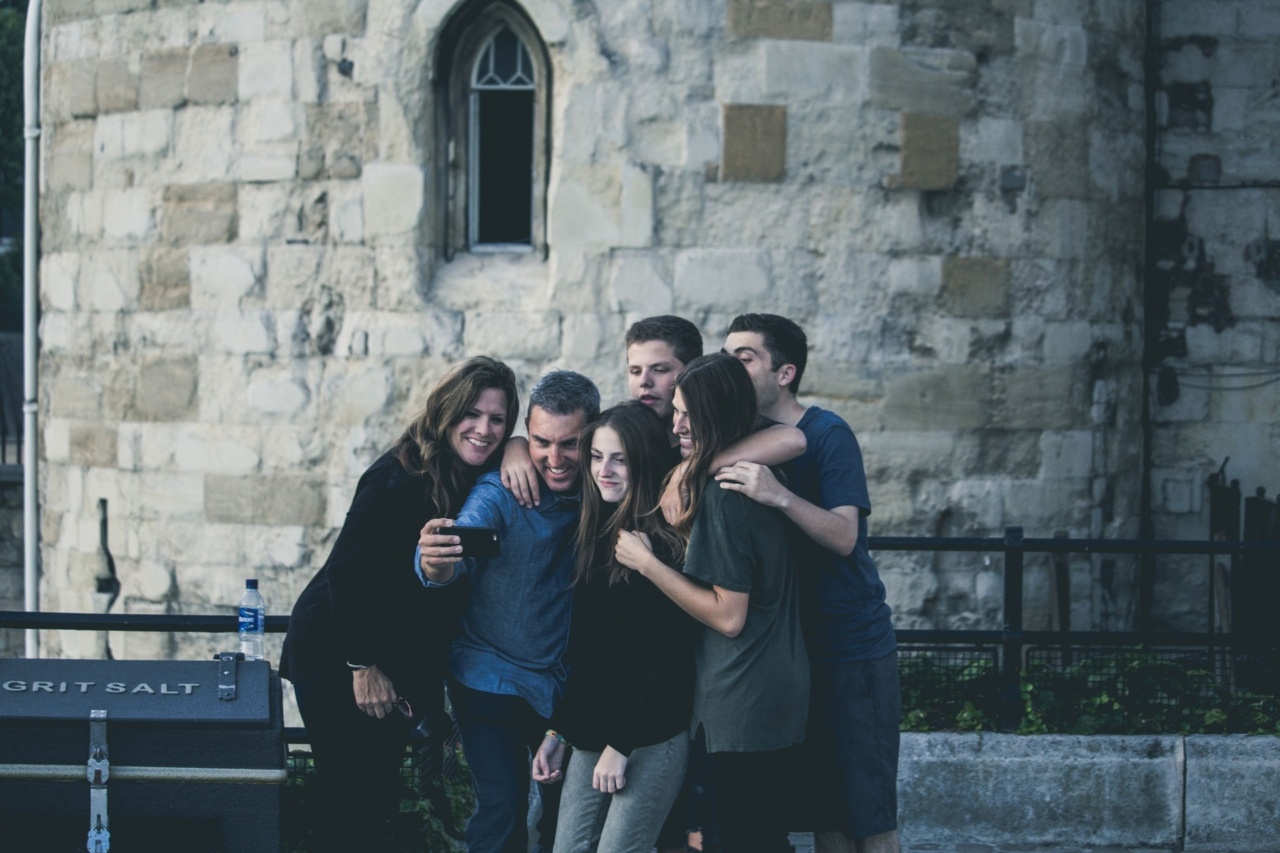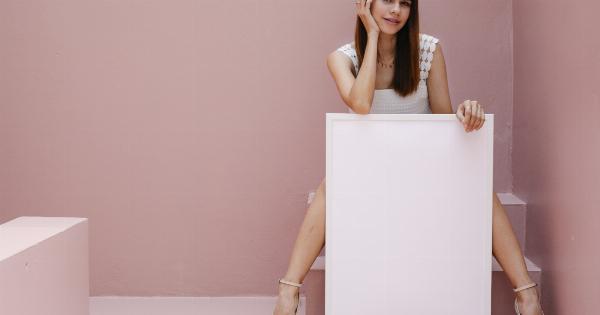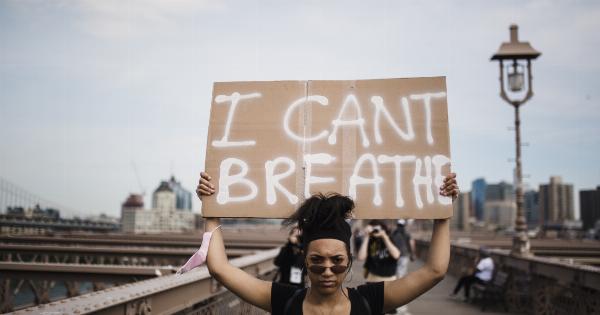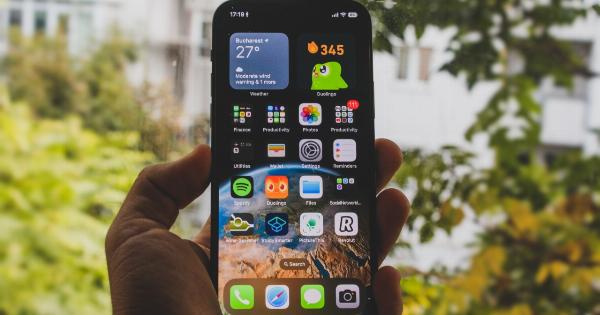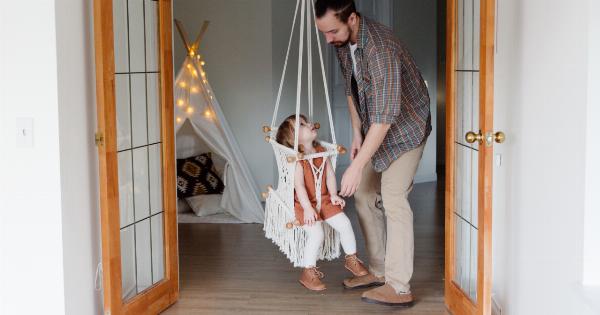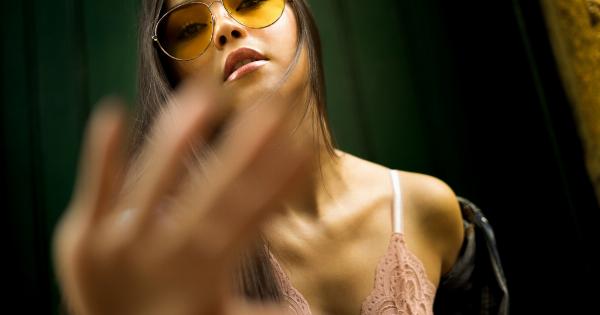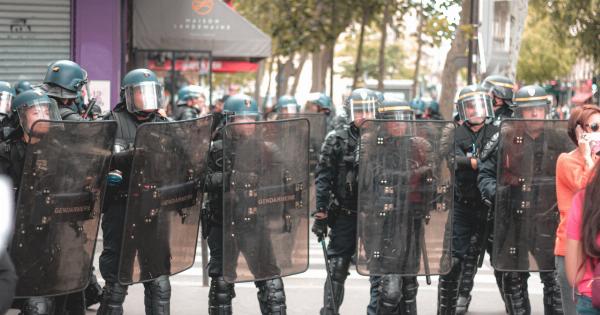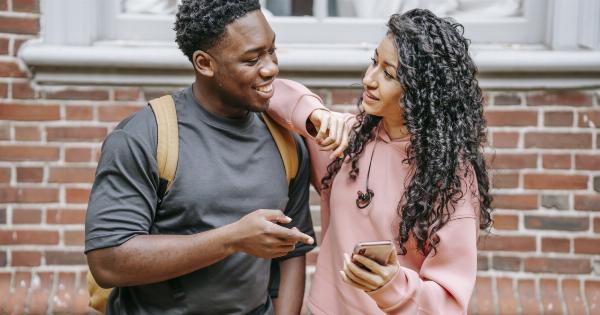In recent years, the selfie has become a ubiquitous feature of modern life.
And it’s not just teenagers and millennials who are snapping pics of themselves with their smartphones — people of all ages and backgrounds have embraced the selfie as a way to capture and share moments from their lives.
What is a selfie?
In case you’ve been living under a rock for the past few years, a selfie is a self-portrait photograph that is typically taken with a smartphone or digital camera.
The word “selfie” was added to the Oxford Dictionary in 2013, reflecting the growing popularity of this phenomenon.
Why are selfies so popular?
There are a few reasons why selfies have become so popular in recent years. For one thing, smartphones have made it easier than ever to take pictures of ourselves and share them with others.
With the rise of social media platforms like Facebook, Instagram, and Snapchat, sharing photos has become a quick, easy, and fun way to stay connected with friends and family.
But there’s more to the selfie phenomenon than just technology and social media. Psychologists have suggested that taking selfies can boost self-esteem and improve mood.
According to a study published in Psychology Today, taking selfies can help us feel more in control of our self-image and can even help us feel more connected to others.
The history of the selfie
While the word “selfie” may be relatively new, the concept of self-portraiture goes back centuries.
Famous artists like Vincent Van Gogh, Frida Kahlo, and Rembrandt were all known for their self-portraits, and even before the invention of the camera, people were creating self-portraits using paint, pencils, and other media.
However, the selfie as we know it today really took off with the rise of digital photography and social media. In 2010, Instagram was launched, providing a platform for people to share their photos with the world.
By 2012, the Oxford English Dictionary had added “selfie” to its pages, and the rest, as they say, is history.
The selfie and social media
One of the key factors driving the popularity of the selfie is the way it has become intertwined with social media. In the early days of Facebook and Instagram, sharing photos meant posting images taken either by someone else or a traditional camera.
But with the advent of smartphone cameras, it became possible to take and share photos on the go, in real-time.
Today, Instagram is perhaps the social media platform most closely associated with selfies, with many users building their entire feeds around carefully-curated photos of themselves.
Some Instagram influencers have even managed to earn a living through their selfies, transitioning from hobbyists to professional photographers thanks to the exposure and opportunities provided by the platform.
The dark side of the selfie
While selfies can be a fun and harmless way to capture and share moments from our lives, there is also a darker side to the trend.
In recent years, there have been a number of incidents of people putting themselves in dangerous situations in order to snap the perfect selfie.
The trend has become so concerning that some governments and organizations have taken action, with locations like the Grand Canyon and popular hiking trails instituting selfie bans to avoid accidents and fatalities.
Is the selfie craze here to stay?
It’s hard to say whether the selfie craze will remain a fixture of modern life, or whether it will eventually be replaced by some other trend. However, there are a few reasons to believe that selfies are here to stay.
First and foremost, the trend shows no signs of slowing down. In fact, it seems to be growing stronger and more pervasive every day. According to recent statistics, more than 93 million selfies are taken per day on Android devices alone.
In addition, the selfie has become an integral part of our cultural landscape, and it is difficult to imagine life without it.
From celebrity selfies to political selfies to selfies taken in everyday moments, the trend has become a near-universal symbol of self-expression and self-promotion.
Conclusion
The selfie may have started out as a simple trend, but it has become much more than that. Today, it is a symbol of our desire to connect with others, to express ourselves, and to capture the moments that matter to us.
Whether you love them or hate them, there’s no denying that selfies have become a defining feature of our modern world.
